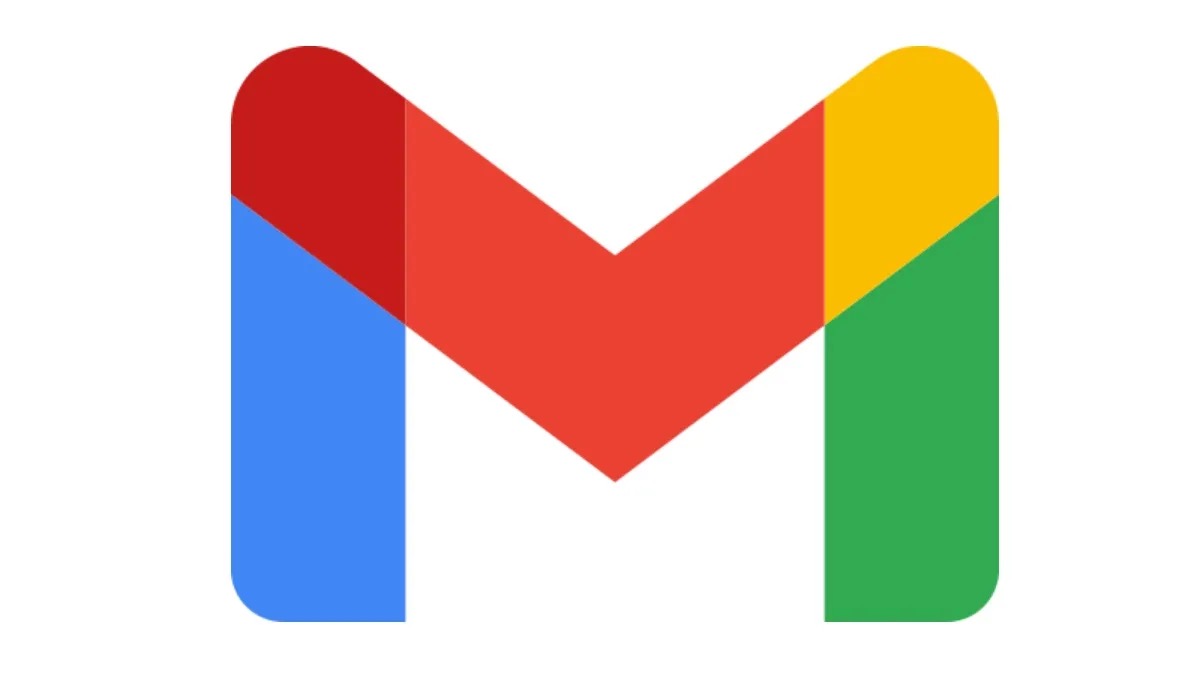Google is facing fresh criticism after revelations that Gmail is analyzing users’ private emails and attachments to train its artificial intelligence systems — a process that occurs automatically unless users proactively opt out. While the company frames the practice as essential for powering smarter, more helpful features inside Gmail, privacy advocates argue that Google has crossed a line by enabling this data use by default and not making the implications sufficiently clear to everyday users.
At the center of the issue is Gmail’s suite of “smart features” and AI-powered functions, such as automatic email categorization, predictive typing, suggested replies, and the newer Gemini-generated summaries and writing aids. These features rely heavily on machine-learning models that are trained on real-world examples of user emails. In practice, this means the content of your inbox — the text of your messages, the metadata, and in some cases even the attachments — can be scanned and used to improve Google’s AI tools.
Google has long used automated scanning to power features like spam detection and malware filtering. Those processes are considered essential to the functioning of Gmail and are generally accepted by users. But what’s raising concerns now is the expansion of scanning beyond filtering or security and into the realm of generative AI training. The newer models need vast amounts of diverse text and structured data to improve, and Gmail — with billions of messages exchanged daily — is one of the richest possible sources.
What many users find troubling is that this data use occurs by default. Unless someone goes into their Gmail settings and disables specific toggles tied to smart features, Google’s AI systems can continue to analyze their inbox. While Google maintains that the data is anonymized and handled in a privacy-conscious manner, critics point out that email often contains deeply sensitive information: financial statements, medical records, business documents, identification details, personal conversations, and confidential attachments. Even if the system isn’t “reading” messages with human eyes, the idea of automated tools digesting this information for training is uncomfortable for many.

Users who try to turn off the feature sometimes run into unexpected trade-offs. Disabling smart features can affect several conveniences people have grown accustomed to — such as automatic sorting of promotional or social emails, reminders extracted from messages, and smart compose suggestions. For some, these features make email more manageable, and losing them feels like a step backward. Others feel pressured to keep smart features enabled because certain Gmail functions become less accurate or disappear entirely once the toggles are turned off. This has fueled complaints that the opt-out may hinder the overall user experience to nudge people into leaving the settings on.
Privacy advocates are also raising concerns about transparency. While Google does provide a settings page that outlines how smart features work, critics argue that the company hasn’t made the connection between these features and AI model training clear enough. Many users simply don’t realize that allowing Gmail to “enable smart features” effectively gives the company permission to harvest their email content for machine learning. The opt-out menu is buried several clicks deep, and the descriptions aren’t always written in a way that conveys the scale of data processing happening behind the scenes.
There are security worries as well. AI-driven features can introduce new vulnerabilities, especially when systems summarize or rewrite emails on users’ behalf. If attackers learn how the AI models interpret messages or follow patterns in generated text, they may be able to craft emails that bypass filters or manipulate summaries to mislead users. With Gmail being the world’s most popular email platform, any systemic security flaw could potentially affect millions.
Google defends its approach, saying that smart features make Gmail more useful and efficient for its global user base. According to the company, these tools allow Gmail to surface important emails, protect people from spam and scams, and save time through automation. Google also insists that users retain control: anyone who doesn’t want their emails used for AI improvement can simply turn off the relevant settings. The company emphasizes that email scanning for advertising purposes — once a major controversy — was discontinued years ago, and today’s analysis focuses solely on functional improvements.
Still, the default-on design has raised ethical questions. Should such a sensitive form of data processing require explicit opt-in rather than opt-out? Should users be prompted directly, with a clear explanation, before any AI training proceeds? Many argue yes — not just because of privacy risks, but because email, by its nature, includes information other people send to you. You may be comfortable letting Google analyze your inbox, but someone who emails you might not want their message used to train a corporation’s AI models.
For users who want to opt out, the process involves visiting Gmail settings and disabling smart features tied to email analysis. Turning off these toggles prevents Gmail’s AI tools from using inbox content for training. However, some users report needing to revisit the settings periodically or disable additional permissions across Google’s broader ecosystem if they use services like Calendar or Google Workspace.
The tension between AI advancement and user privacy is growing across the tech industry, but it’s particularly sensitive in the context of email — one of the most personal forms of digital communication. Gmail’s new AI era promises convenience, productivity, and smarter tools. But it also comes with a reminder that “free” services often come with hidden costs, paid in data rather than currency.
In the coming months, Google may face increasing pressure to clarify its policies, improve transparency, and consider whether such invasive data practices should require meaningful consent. Until then, users who value privacy will need to take matters into their own hands — by diving into Gmail settings and checking whether their inbox is quietly helping to train Google’s next generation of AI.












